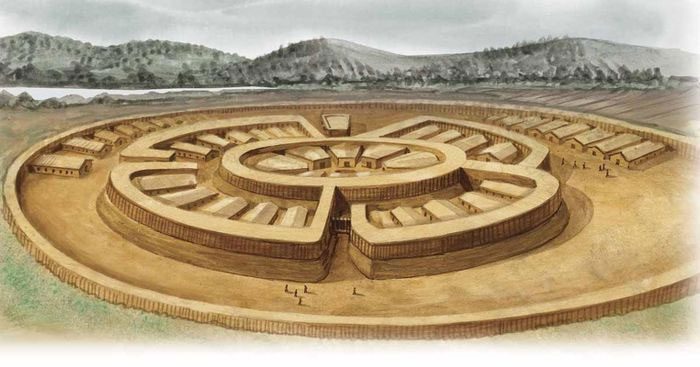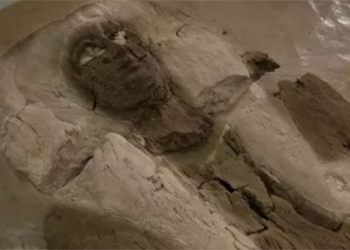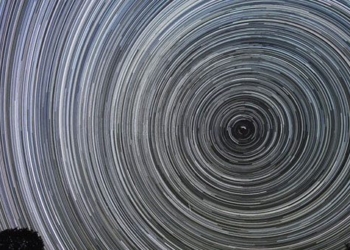The Arkraim Archaeological Site was discovered by an archaeological team from Chelyabinsk State University in the Southern Urals, Russia, in 1987. Believed to have been constructed around 2000 to 3000 BC, Arkraim has been dubbed the Stonehenge of Russia by experts.
Researchers indicate that the Arkraim archaeological site was likely built around the same time as the construction of the ancient Stonehenge site in the United Kingdom.

The Arkraim archaeological site.
Over the years, researchers have conducted numerous excavations at Arkraim, leading to significant discoveries. Among these findings, scientists have identified that Arkraim, known as the Stonehenge of Russia, covers an area of approximately 20,438 m2, including two residential circles separated by a street, with a central square in between.
Arkraim served as an astronomical observatory during the Bronze Age. Furthermore, the archaeological site features a village surrounded by two large circular stone walls.

This site features a village surrounded by two large circular stone walls.
Rectangular houses are situated within the stone walls. At Arkraim, archaeologists also discovered a water system, mines, metal artifacts, ceramics, and the remains of ceremonial areas…
Notably, experts uncovered several ancient graves at Arkraim. Among these, they found a skeleton with an elongated skull that resembles the shape of an egg. This discovery led researchers to conclude that the inhabitants of Arkraim practiced head binding on children to alter the shape of their heads.
One hypothesis suggests that the people of Arkraim performed head binding to mimic the shape of extraterrestrial beings that had visited Earth. However, this theory lacks scientific evidence to support its validity.




















































